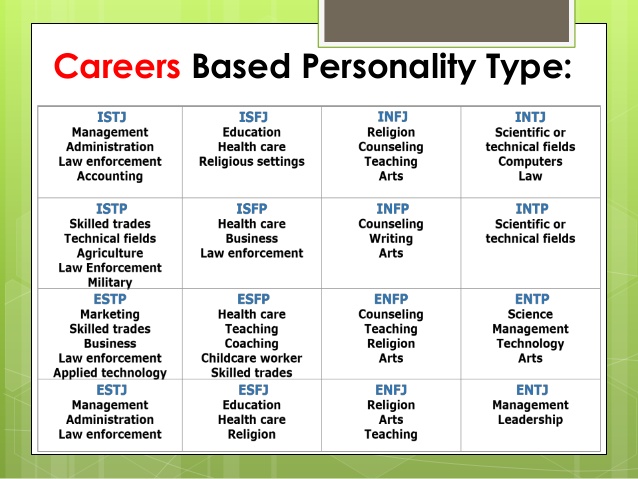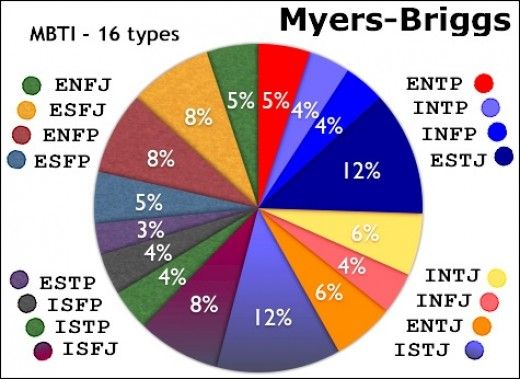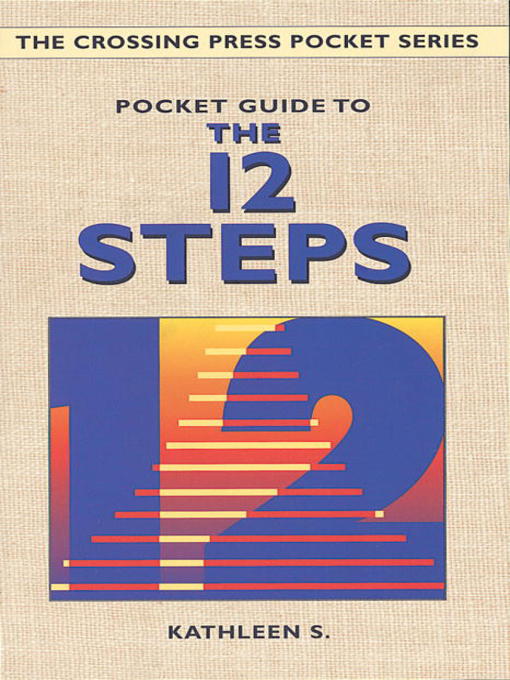Meditation for calm mind
Four Ways to Calm Your Mind in Stressful Times
Life throws chaos at us on a regular basis—whether it’s our finances, our relationships, or our health. In the work world, around 50 percent of people are burned out in industries like health care, banking, and nonprofits, and employers spend $300 billion per year on workplace-related stress.
In response, we just keep on pushing through, surviving on adrenaline. We overschedule ourselves; we drink another coffee; we respond to one more email. If we stay amped up all the time, we think, we’ll eventually be able to get things done.
But all that does is burn us out, drain our productivity, and lead to exhaustion.
There’s another way—a calmer way. Cultivating a more restful, relaxed state of mind doesn’t mean we’ll drown under all our responsibilities. Instead, research suggests it will bring us greater attention, energy, and creativity to tackle them. And science also points to simple ways we can tap into that calm state of mind to be more resilient in our chaotic lives.
A stressed mind vs. a calm mind
Stress was never meant to be a 24/7 experience. As Stanford professor Robert Sapolsky explains, you’re really only supposed to feel stressed in the five minutes right before you die. When you are being chased in the savanna by a wild animal, your stress response is supposed to save your life—it mobilizes your attention, muscles, and immune system to get you quickly out of danger. When animals escape, they come right out of fight-or-flight mode and into “rest-and-digest” mode, where the parasympathetic nervous system is working to replenish their resources.
That stress response is supposed to be short-lived because it wears down your body, your health, and your energy. It also impacts things like your emotional intelligence and your decision making. When you’re tightly wound up, you are more likely to react to situations than to respond with reason.
You also perceive the world differently. Stress makes us narrowly focused, preventing us from seeing the bigger picture.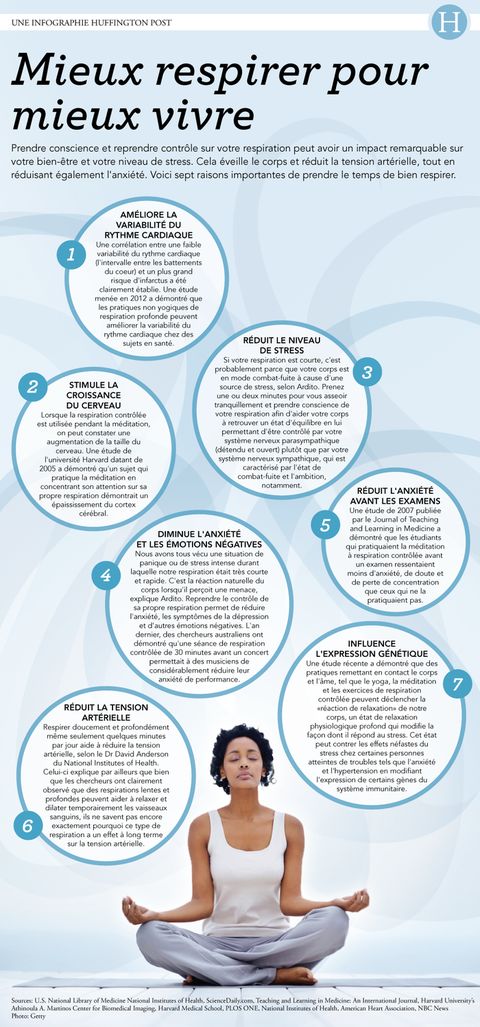 When we’re calmer, our attention becomes broader. In fact, we literally see more things. In one study, participants went through a three-month meditation training. They then engaged in something called the attentional blink task, in which you watch images appear rapidly one after another. Usually when people do this exercise, their attention doesn’t pick up all of the target images. But after that mindfulness training, participants were able to pick up more of the target images than pre-retreat—suggesting that their state of mind had become more attentive.
When we’re calmer, our attention becomes broader. In fact, we literally see more things. In one study, participants went through a three-month meditation training. They then engaged in something called the attentional blink task, in which you watch images appear rapidly one after another. Usually when people do this exercise, their attention doesn’t pick up all of the target images. But after that mindfulness training, participants were able to pick up more of the target images than pre-retreat—suggesting that their state of mind had become more attentive.
Being able to attend more means that you notice more things about other people and you’re able to communicate with them in more powerful ways. High stress and anxiety (or any kind of negative emotion) make us self-focused, for an evolutionary reason: When our ancestors were stressed, it was because they were in a survival situation. It was good to be focused on yourself so you could save your life.
When we’re stressed, we’re less likely to notice if a colleague looks burned out or sad and more likely to get irritated if they don’t perform as we expect.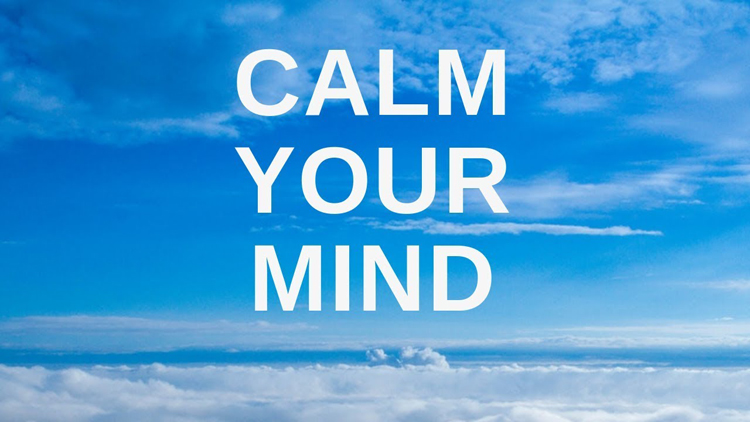 However, when you’re in a calmer and happier place, that’s probably the day when you will have more empathy: You’ll notice your colleague and take the time to reach out and ask if there’s anything you can do to support them.
However, when you’re in a calmer and happier place, that’s probably the day when you will have more empathy: You’ll notice your colleague and take the time to reach out and ask if there’s anything you can do to support them.
When you’re calm, you also manage your energy because you’re not burning yourself up constantly, spending your days with your sympathetic nervous system in overdrive. Calm helps you focus on what you need to do and get it done much more quickly.
Calmness can also impact your creativity. Research suggests that our most creative ideas come in moments when we’re not actively focused or stressed. We are most creative when our brain is in alpha wave mode, which is a relaxed state of mind—like when you’re in the shower or taking a walk in nature. Indeed, people who go on an immersive nature retreat for four days come back with 50 percent increased creativity.
If you want to get the most out of yourself in terms of your productivity, creativity, and innovation—making progress at work or just solving the basic problems of life that you’re faced with—calm is the key.
Four ways to cultivate a calm state of mind
We know how to become stressed. Most of us are really good at activating our adrenal system and getting wound up. The question becomes, then, how do you wind down? Research suggests several practices that not only feel good but also put us into a calmer, more relaxed state—a state from which we can cope better with whatever life throws at us.
1. Practice Breathing Exercises
Jake, who appears in my book The Happiness Track, was a U.S. Marine officer in charge of a Humvee on a convoy across Afghanistan, when his vehicle drove over an improvised explosive device. After the explosion, he looked down and saw that his legs were severely fractured below the knee. In that moment of shock, terror, and pain, he remembered a breathing exercise that he had read about for extreme wartime situations.
It allowed him to do his duty, which was to check on everyone else in the vehicle. It gave him the presence of mind to give orders to call for help, and to then tourniquet his own legs and prop them up before he fell unconscious—which saved his life.
Our breathing is a powerful way for us to regulate our emotions, and it is something we take for granted. Through your breath, you can activate your parasympathetic nervous system—the calming response in your body.
That’s why we turned to breathing to help veterans—50 percent of whom don’t see any improvement in their trauma symptoms from therapy or medication. The veterans were skeptical, but we began teaching them different breathing exercises. Within a couple of days, some of them started sleeping without medication; after the week-long program, many of them didn’t qualify as having post-traumatic stress anymore, and that persisted up to a year later.
Using your breath, you can change how you feel. In another study, researchers observed people feeling different emotions and found that there was a different pattern of breath for each one. Then, they gave other people the different breathing patterns to perform and asked them, “How do you feel?” It turned out that doing those breathing exercises actually evoked the emotions.
One of the most calming breathing exercises you can do is to breathe in (e.g., to a count of four), hold, and then breathe out for up to twice as long (e.g., to a count of six or eight). You can gently constrict your throat, making a sound like the ocean, which is used in deep relaxation breathing. As you’re doing this, especially thanks to those long exhales, you’re activating the parasympathetic nervous system, reducing your heart rate and blood pressure.
2. Adopt an Attitude of Self-compassion
Often we are our worst critic. We think that being self-critical will help us be more self-aware and make us work harder, but that’s a myth. In fact, according to a good deal of research, self-criticism destroys our resilience. We’re less able to learn from our mistakes when we beat ourselves up. Self-critical people tend to have greater anxiety and depression, and an inability to bounce back from struggles.
Imagine someone running a marathon for the very first time in their life, and they trip and fall. Someone on the sidelines says, “You’re a loser, you’re so not a runner. What are you doing here? Go home.” That person is our internal, self-critical voice. Self-compassion is somebody on the other side, who says, “Everybody falls, this is normal. You are so awesome, you’re totally killing this.”
Someone on the sidelines says, “You’re a loser, you’re so not a runner. What are you doing here? Go home.” That person is our internal, self-critical voice. Self-compassion is somebody on the other side, who says, “Everybody falls, this is normal. You are so awesome, you’re totally killing this.”
Self-compassion is the ability to be mindful of your emotions—aware of the emotions that are going on inside whenever you fail at something. It doesn’t mean you identify with them; you can just observe and notice them, without feeding the fire. Self-compassion also involves understanding that everyone makes mistakes and that it’s part of being human. And it is the ability to speak to yourself the way you would speak to a friend who just failed, warmly and kindly.
When we adopt this attitude, research suggests, we are calmer—we have less feelings of stress as well as lower cortisol levels. We’re also more resilient: We’re less afraid of failure, and more motivated to improve ourselves.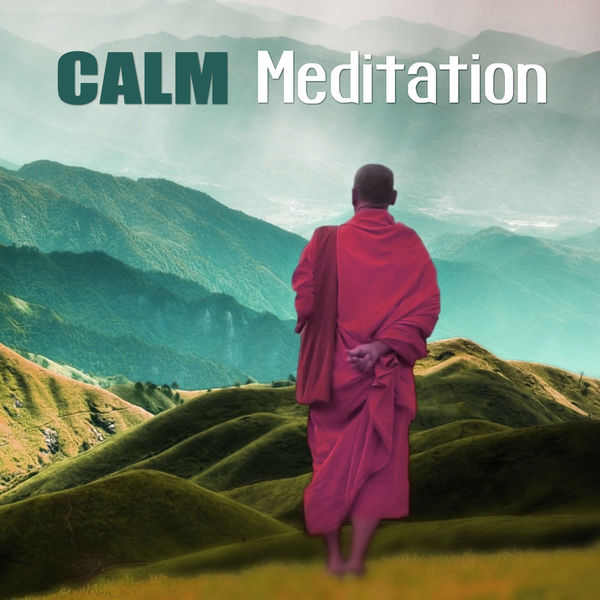
3. Foster Genuine Connection
How often are we actually present for another person 100 percent? When was the last time somebody was 100 percent present with you, even your spouse?
There’s a loneliness epidemic in the United States and across the world. We know that those feelings of loneliness are extremely destructive to our body and mind, leading to worse health and even earlier death. And the stress and lack of calm in today’s world may contribute to this loneliness because of the way that it tends to make us self-focused.
Our greatest human need, after food and shelter, is to connect with other people in a positive way. From the moment we’re born until our last day, we have a deep and profound longing to belong to one another. And when we fulfill that need, it brings us more calm: The oxytocin and natural opioids that we release when we connect may exert a calming influence on our bodies, and the knowledge that we have the support of others can soothe our minds.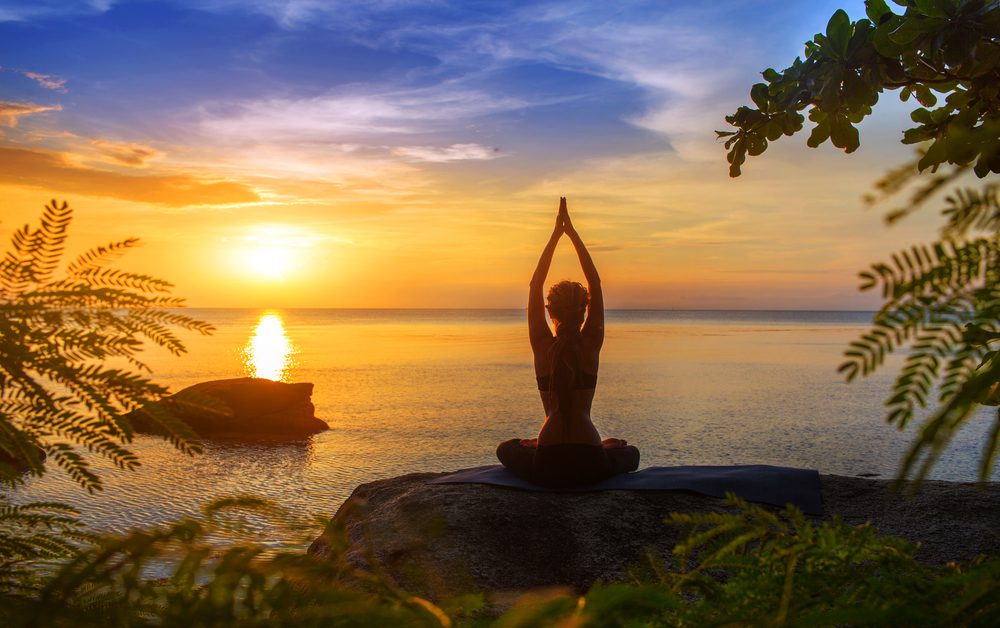 When we face adversity, research suggests that our relationships and community have an important role to play in our resilience.
When we face adversity, research suggests that our relationships and community have an important role to play in our resilience.
So how do we create a state of mind where we feel more connected?
The good news is that by taking care of yourself and your own well-being with practices like breathing and self-compassion, you are able to turn more attention outward to feel more connected, as well. Positive emotions like calm naturally make us feel closer to other people. You can try specific practices that research has found to boost your sense of connection, as well.
4. Practice Having Compassion for Others
Imagine a day when things aren’t going well for you—you spilled your coffee on yourself, and it’s raining. And then a friend calls who’s having a true emergency in their life, and you jump up and go help them immediately. What happens to your state of mind in that moment?
All of a sudden you have high energy; you’re completely at their service. That is what practicing altruism, service, and compassion does to your life.
It increases your well-being tremendously, as many of us have experienced when we perform little acts of kindness. When we feel compassion, our heart rate goes down and our parasympathetic nervous system is more activated.
Kindness and compassion can also help protect us from adversity. In one of my favorite studies, researchers found that people who had been through traumatic life situations had a shorter lifespan. But among these participants, there was a small group of people who just seemed to keep on living. What was going on with these people?
When the researchers dug a little deeper, they found that they were all engaged in helping friends and family in their life—from assisting with transportation or shopping to housework and child care. Service is one of the most profound ways to nourish the community around you, but also to nourish, inspire, and energize yourself. It’s like that children’s book—when you fill someone’s bucket, it also fills yours.
Cultivating calm isn’t about avoiding every kind of stressful emotion.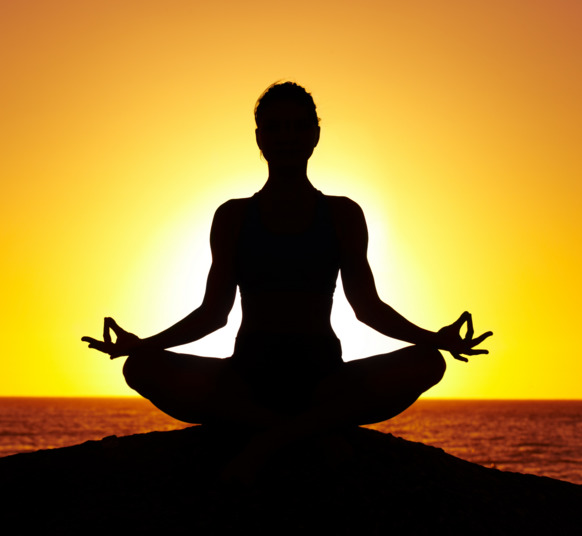 In fact, when we make time to breathe, connect, and care, some of the negative feelings we’ve been running from might catch up with us. But that’s the time for self-compassion; it’s okay to feel bad. Resilience doesn’t mean that we’ll be happy all the time, but it does mean we have the energy, the mindset, and the support from others to help us weather the storm.
In fact, when we make time to breathe, connect, and care, some of the negative feelings we’ve been running from might catch up with us. But that’s the time for self-compassion; it’s okay to feel bad. Resilience doesn’t mean that we’ll be happy all the time, but it does mean we have the energy, the mindset, and the support from others to help us weather the storm.
This article was adapted from Greater Good, the online magazine of UC Berkeley’s Greater Good Science Center, one of Mindful’s partners. View the original article.
Meditation for Mind Relaxation - 4 Calming Meditation Techniques
0 Comments
Author: E.C. LaMeaux
Meditation is a great way to relax and quiet your mind. It can even have beneficial psychological and physical effects. According to the Mayo Clinic, meditation is a great stress reducer that can calm you and bring relaxation.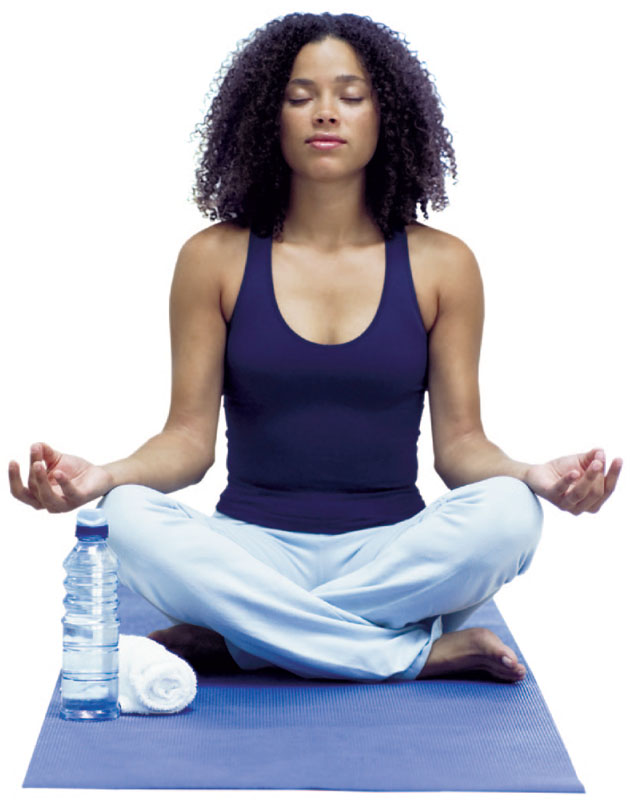 Calming meditation can help you sleep better, focus better at work and remain calm throughout the day. You can use meditation for mind relaxation to start your day, midday, to end your day or all of the above. Meditation techniques to calm your mind are easy to learn. Use the following calming meditation techniques to promote mental quiet and inner balance.
Calming meditation can help you sleep better, focus better at work and remain calm throughout the day. You can use meditation for mind relaxation to start your day, midday, to end your day or all of the above. Meditation techniques to calm your mind are easy to learn. Use the following calming meditation techniques to promote mental quiet and inner balance.
Mantra meditation for mind relaxation
According to the Mayo Clinic, the mantra meditation technique is a great calming meditation method. During mantra meditation, you mentally (silently) repeat a calming word, or mantra. The repetition of the mantra will replace all busy thoughts and help you shut out the outside world, thus calming your mind and body. The Mayo Clinic adds that transcendental meditation is another specific calming mantra meditation technique that can be effectively used to relax.
Mindful mediation
The Mayo Clinic recommends the technique called mindful mediation for mind relaxation. In mindful meditation, you increase your awareness of the present moment. You focus only on what you are experiencing in the exact moment while meditating, such as your breathing or the sensation of your feet touching the floor, and therefore keep your thoughts from wandering. Mindful, or mindfulness, meditation can be performed pretty much anywhere and while engaging in many different tasks, such as washing the dishes or walking. This is a great meditation for mind relaxation.
You focus only on what you are experiencing in the exact moment while meditating, such as your breathing or the sensation of your feet touching the floor, and therefore keep your thoughts from wandering. Mindful, or mindfulness, meditation can be performed pretty much anywhere and while engaging in many different tasks, such as washing the dishes or walking. This is a great meditation for mind relaxation.
Progressive muscle relaxation
According to the Arthritis Foundation, progressive muscle relaxation is a simple technique that has great calming benefits. With progressive muscle relaxation, you progressively tense and relax the various muscles in your body, either starting at your feet and moving upward, or starting at the top of your head and moving downward. You tense each muscle group for five or 10 seconds and then release the tension. Sit or lie in a comfortable position and focus on your breathing while performing this calming meditation.
Visualization
According to Creative Visualization: Use the Power of Your Imagination to Create What You Want in Your Life by Shakti Gawain, visualization is a meditation technique that can calm you and ease stress. With visualization, according to Gawain, if you repeatedly focus on an idea and give it positive energy, it will become a reality. You can do this to improve several areas of your life, including your job, home and even health.
With visualization, according to Gawain, if you repeatedly focus on an idea and give it positive energy, it will become a reality. You can do this to improve several areas of your life, including your job, home and even health.
In her book, Gawain says to perform this meditation technique, all you need to do is simply focus on whatever is ailing you, imagine yourself healthy, calm and stress-free, and it will eventually become reality. Gawain does add that while creative visualization can be its own healing and calming source, sometimes other techniques, such as physical therapy, can be added to produce positive healing results.
Also in Blog
Body Peace & Personal Empowerment
From the moment we’re born and take our first breath, we’re being socialized or learning what it means to be a member of the culture we were born into. We begin learning through both subtle and overt cues, messages, observations and images what the values and norms of that culture are in that time and place. We learn what is acceptable, desirable, worthy, valuable… and what isn’t.
We learn what is acceptable, desirable, worthy, valuable… and what isn’t.
Yoga for Swimmers: Poses for Strength and Mobility
Micha Shaw, former pro swimmer, walks us through five yoga poses that help athletes who perform repeated movements day in and day out, to not only increase flexibility, mobility and strength, but also bring awareness to movement patterns, enhance performance and stay injury-free.
Amanda Huggins: From Anxiety to Empowerment
Amanda Huggins, anxiety coach and Gaiam influencer, tells the story of how she transformed her anxiety into empowerment and offers journaling prompts to begin the process of understanding your relationship with anxiety.
How to Calm the Mind: Simple Techniques for Meditation
Meditation does not necessarily put a person into a trance: many practices are aimed at finding a balance between the material and the spiritual, they help relieve tension, train attention and develop the ability to visualize.
 T&Rs talk about basic meditation techniques that anyone can do.
T&Rs talk about basic meditation techniques that anyone can do. How to prepare for meditation
Meditation is work with our mind and body. Meditation techniques allow you to listen to yourself and calm your thoughts, help train attention and renew energy.
Maina Miletich
Has been managing industrial projects for more than 15 years, practicing meditation as a way to deal with stress at work. Maina took a full course of Vipassana in a Buddhist monastery, conducts classes on mindfulness meditation at the HSE Center for Psychological Counseling
Meditation practices are needed not for the sake of the result and staying in some kind of astral state - the process itself and what changes occur in us are important. There is no need to force yourself, you must have an inner need. However, if you decide to exercise, it is important to do it regularly. There are many techniques, but their main difference is in the object on which you need to concentrate. It can be an external object, breath, body, phrase.
It can be an external object, breath, body, phrase.
Before meditation, choose a quiet, ventilated place. The duration of the practice depends on you: you can start with 10 minutes, gradually increasing this time. The main thing in meditative practices is comfort, for full immersion, you need to create a safe space in which you can feel relaxed.
If you have just returned home after a day's work, you must first switch, because you will not be able to start meditation right away. Do physical exercises, take a contrast shower or do a little cleaning, and only after that you can proceed to the meditation itself.
Maina Miletich
You can practice on your own or with an instructor. He will explain what to focus on and guide with his voice. You can meditate with music, but you need to understand that this is another external object to which attention will be directed. In the practice of mindfulness, it is better to focus it completely on yourself. At least part of the time, you need to be in silence.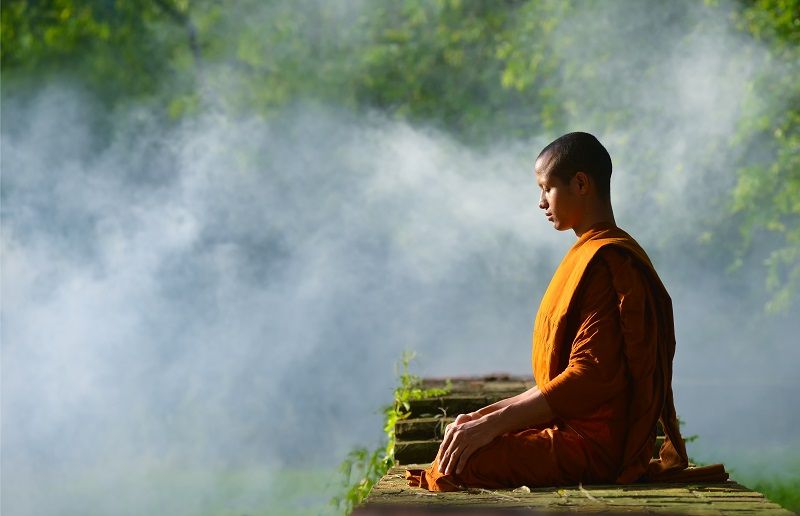
Remember that extraneous thoughts are absolutely normal. They do not need to be driven away, watch them and be aware of them. During practice, anxiety may appear - this is also natural.
Basic meditation techniques
Breathing meditations
During this meditation one concentrates on the breath. First you need to observe the natural inhalation and exhalation until you feel that the mind begins to calm down. The next step is to control the breath with a simple technique:
-
Inhale through the nose for 4 counts
-
Breath hold for 16 seconds
-
Exhale through the mouth for 8 seconds
You may feel slightly dizzy - in this case it is better to return to natural breathing and then resume the practice. Subsequently, you can increase the duration by counting by 8-32-16, respectively. The back must be kept straight so as not to restrict the movement of the respiratory organs. After this technique, stay in silence for some more time, observing how your breathing and emotional state have changed.
Mindfulness Meditation
Mindfulness meditation is aimed at returning to the present moment, a person feels his presence here and now. This technique helps to distract from thoughts about the future and the past.
During mindfulness meditation, we focus not on the object, but on the subject - ourselves
-
Sit on a chair with both feet on the floor, or cross your legs on the floor. The back should remain straight.
-
Listen to external sounds, fix them, and return your attention to your body.
-
Focus on the process of breathing, feel the pace at which you inhale and exhale.
-
Watch the thoughts that arise without any evaluation: you must accept them and let them go.
-
Pay attention to smells: try to feel what objects surround you and how they might smell.
-
Return to the breath and take deep breaths in and out.
-
Put your hand on the energy center: it is located in the lower part of the abdomen, feel what changes occur in it during breathing.
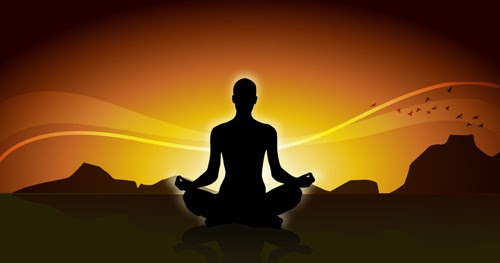 Imagine how this energy begins to circulate through your body.
Imagine how this energy begins to circulate through your body. -
Focus on the body and its sensations: what temperature it is in, whether it is cold or warm, whether it is tense or relaxed. If you feel tight, you need to pay attention to this part of the body.
Mindfulness meditation can also be practiced in everyday life. For example, you perform monotonous actions - washing dishes, arranging books on a shelf, being in the shower. The main thing is to direct all attention to a certain action.
Meditation focus
During this meditation, attention must be directed to an object. For example, in trataka practice, you focus on a flame or a dot on a plain wall. You can choose an object yourself - be it a flower, a painting or a figurine. This technique not only helps to relax, but also develops the skill of visualization.
-
At the very beginning, you need to consider the object - to see its shape, details, shades that you did not notice before.

-
Imagine touching this object first with one finger, then with the whole palm. Observe the sensations by changing the position of the imaginary hand. Experienced experts say that at this stage you feel the energy of the object.
-
Now you need to smell the object without approaching it. Describe this scent.
-
If you focus on the flame, focus on the sounds. For a more accurate perception, you can close your eyes. What do you think this sound is like? What is the rhythm, pace of the combustion process?
-
At the last stage, with your eyes closed, you need to imagine this object in empty space and mentally draw it, not forgetting about the details. Remember what this object feels like, smells, mentally touch it and observe how the attitude towards this object has changed.
Body Relaxation Meditation
One of the most popular techniques to relieve tension in the whole body. It is necessary to gradually relax parts of the body, transferring attention to them. It is better to start from the toes and gradually rise to the crown. It is best to do it before bed. If some areas remain tense, analyze why these sensations arise, what is the cause of discomfort. For example, a clenched jaw is most often associated with innuendo, and tense shoulders are most often associated with the responsibility that lies with you.
It is better to start from the toes and gradually rise to the crown. It is best to do it before bed. If some areas remain tense, analyze why these sensations arise, what is the cause of discomfort. For example, a clenched jaw is most often associated with innuendo, and tense shoulders are most often associated with the responsibility that lies with you.
Mantra meditations
During these meditations, you need to repeat the text of the mantra 108 times, but it is not necessary to memorize the texts in an unfamiliar language, you can say any word that is meaningful to you, such as “love” or “peace”.
-
Express your intention - why are you saying these words?
-
Sing the phrase while feeling vibrations throughout your body.
-
Next, proceed to pronounce the mantra.
-
Start whispering it.
-
The last step is to say the mantra to yourself. This step must be taken only in a state of complete calm.

After you have uttered the mantra, stay in this state for about 10 more minutes and observe the state, changes in mood, breathing. Do not be afraid to ask yourself out loud and answer: how do I feel, how has my condition changed, do I feel tension?
Walking meditation
The Chinese practice of kinhin is aimed at synchronizing thoughts and movements and helps to find a balance between the spiritual and the material.
-
Start walking around the room or any other space at your own pace, keep one hand behind your back and make a fist with the other, creating tension at this point.
-
Take steps after each full breath, gradually slowing down.
-
Stop clenching your hand, but keep clenching your fist. The back must be kept straight.
-
If you are outside, pay attention to external sounds and smells, gradually returning to breathing.
-
Slow down or speed up slightly, depending on your own feelings and desires.
 The main thing is to focus on breathing and movement.
The main thing is to focus on breathing and movement.
Lyubov Karas
Tags
#techniques
#stress relief
#restoration
#calmness
#meditation
Calming the Mind - Tergar Meditation School
Course "Calming the Mind" , the first level of training in the "Joy of Life" meditation program created by Mingyur Rinpoche.
This course is suitable for those who are new to meditation, as well as for those who are already practicing and want to deepen their practice.
On the course, we go through the basic techniques of meditation: meditation on sound, breath, visual object, smell and taste, bodily sensations, as well as thoughts and emotions.
Course includes
-
Online lessons for self-study;
-
Lessons in Zoom once a week: joint practice, discussion of experience, answers to questions, analysis of pitfalls and limitations;
-
Daily support in the telegram channel.

-
Webinars for a deeper analysis of topics.
Participation conditions
The course is open to everyone.
When?
The course will run from April 19 to May 27. Access to the course opens on April 19 at 21:30 after the first lesson in Zoom. Lessons will open as you progress through the material on Mondays after supportive classes with an instructor.
Supportive online classes with Tergar instructors take place on Zoom once a week on Mondays from 19:30 to 21:30.
In 7 weeks of the course you will be able to:
-
Learn various meditation techniques to calm the mind and choose the ones that suit you best;
-
Clarify your questions and learn about the finer points of practice from the school's experienced instructors, students of Mingyur Rinpoche;
-
Learn about obstacles in meditation and learn how to work with them;
-
Build a regular practice, "get involved" in the process;
-
Practice in a group in a pleasant and safe space.
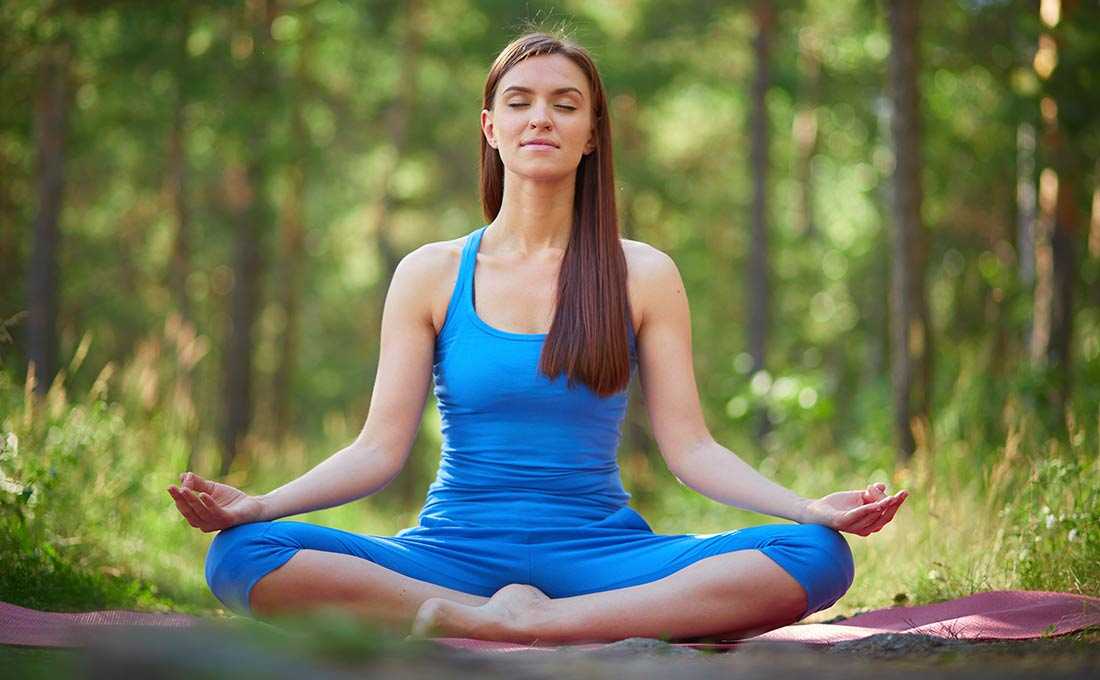
Participation conditions
The course is open to everyone.
When?
The course lasts 8 weeks, from September 28 to November 16. Support classes are held once a week, on Wednesdays from 19:30 to 21:00 Moscow time (1.5 hours).
A recording of the session will be available on the Tergar learning platform. All course materials will be available within one week after the end of the course.
Participation fee
The cost for a one-time payment is 9,800 rubles.
The cost for partial payment is 11,000 rubles (5,500 rubles before the start of the course and 5,500 rubles after two weeks of training)
For pensioners there is a 50% discount using the promo code LGOTA50.
Tergar is an Autonomous Non-Profit Organization. All proceeds from ticket sales go to support Mingyur Rinpoche's activities in Russia.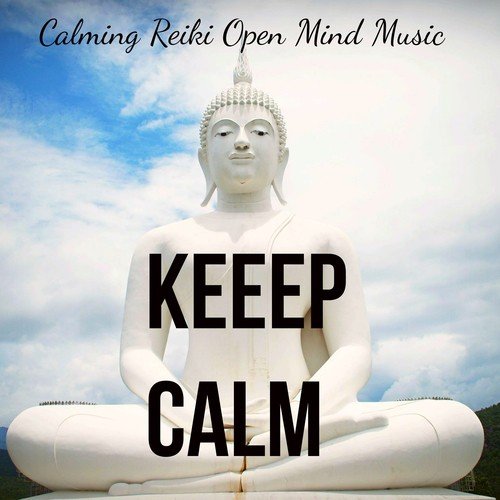
If your financial situation does not allow you to pay the ticket price, please contact us by email [email protected]
Free trial lesson
We invite you to attend a free trial lesson of the course. Classes will be held on September 18 (Sunday) at 11:00 and September 25 (Sunday) at 11:00. Choose the date that is most convenient for you and register.
In class you will learn:
- What is quieting the mind meditation and how it can help make life happier and easier
- How practice helps in working with difficult emotional states
- How, with the help of meditation, we can notice our emotions in time, without getting involved in them, but without suppressing them
- How to build your own meditation practice to get the results you want
- How to learn meditation and what are the stages of learning in Tergar
How to start training?
After payment, you will receive a link to the first Zoom meeting by email.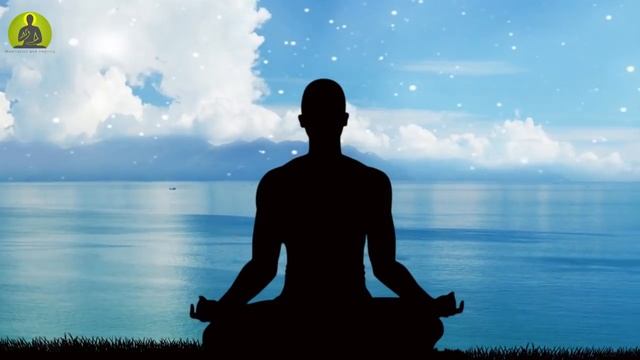 Please save it. It will not change throughout the course. If you can't find the email, please check your Spam folder or search for the email from [email protected] .
Please save it. It will not change throughout the course. If you can't find the email, please check your Spam folder or search for the email from [email protected] .
You will receive a link to the learning platform Tergar . If you have never registered on the Tergar platform, you will need to register.
If you already have access to the Tergar platform, you will be able to find the new course in the list of trainings available to you.
Program author — Mingyur Rinpoche
Rinpoche was born in 1975 in Nepal. At the age of seventeen, he was invited to teach in a three-year retreat at his monastery, a position rarely held by such a young lama. He also completed traditional Buddhist studies in philosophy and psychology before founding a monastic college at his home monastery in northern India.
In addition to extensive training in the meditative and philosophical traditions of Tibetan Buddhism, Mingyur Rinpoche also has a deep interest in Western science and psychology. At an early age, he began a series of informal discussions with renowned neuroscientist Francisco Varela, who had come to Nepal to learn meditation from Tulku Urgyen Rinpoche. Many years later, in 2002, Mingyur Rinpoche and other monks were invited to the Weissman Brain Imaging and Behavior Laboratory at the University of Wisconsin-Madison, where Richard Davidson, Antoine Lutz, and other scientists investigated the effects of meditation on the brains of advanced meditators. The results of this groundbreaking research have been reported in many of the world's most widely read publications, including National Geographic and Time.
At an early age, he began a series of informal discussions with renowned neuroscientist Francisco Varela, who had come to Nepal to learn meditation from Tulku Urgyen Rinpoche. Many years later, in 2002, Mingyur Rinpoche and other monks were invited to the Weissman Brain Imaging and Behavior Laboratory at the University of Wisconsin-Madison, where Richard Davidson, Antoine Lutz, and other scientists investigated the effects of meditation on the brains of advanced meditators. The results of this groundbreaking research have been reported in many of the world's most widely read publications, including National Geographic and Time.
Instructors
Andrey Kostyrko
Tergar school instructor
Student of Mingyur Rinpoche since 2016. After encountering the book The Buddha, the Brain, the Neurophysiology of Happiness and attending a seminar with Mingyur Rinpoche, he was inspired to study and practice meditation and joined the Joy of Living program. He believes that joint practice and exchange of experience are an important part of learning. Since 2019, he has been the leading practitioner of Tergar.
He believes that joint practice and exchange of experience are an important part of learning. Since 2019, he has been the leading practitioner of Tergar.
D inara Toktosunova
Tergar school instructor
He has been practicing meditation for over 10 years and runs a large media agency. He considers the practice of awareness as a way of profoundly changing the perception of the world around him, himself, relationships in the family and in society. He travels a lot for work, raises his daughter, loves walking and nature.
What are online lessons?
- Video teachings of meditation master Mingyur Rinpoche for self-viewing;
- Audio meditations with Tergar instructors for self-practice;
- Exercises to develop mindfulness in everyday life;
- Articles and additional videos on the topic of the lesson;
- Chat with Tergar instructor and other members.
Feedback from course participants
I really liked the course, even communication in groups, although initially I was not very inclined to communication.

